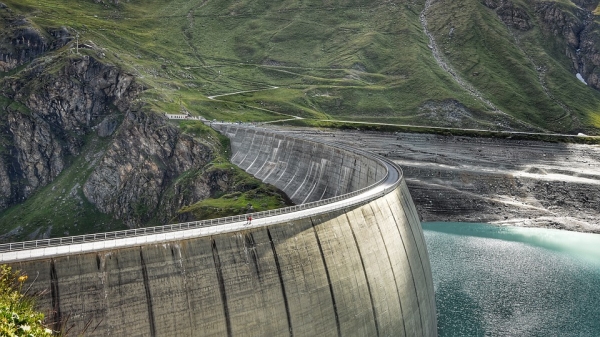Scientists have analysed data from nearly three million rivers across the globe to identify where hydropower stations could be sited with limited environmental impacts.
The analysis identified 124,761 potential locations that met the strict environmental criteria. Of those, 4,644 of the schemes could be run profitably and would be capable of generating an additional 5.27 Petawatt hours of energy per year, equivalent to a fifth of current global electricity use.
It identified potential locations initially based on high water flow and a necessary requirement for a hydropower plant to work. Sites that would come with an environmental cost were removed from the list.
The criteria for exclusion included instances where communities would have to be displaced, or forest or peatland ecosystems would be disturbed. Areas of significant heritage or biodiversity or where flood risk would be increased or where the construction process would degrade land, were also ruled out along with sites in earthquake-prone areas.
Read more at University of Leeds
Photo Credit: Fotoauge via Pixabay


